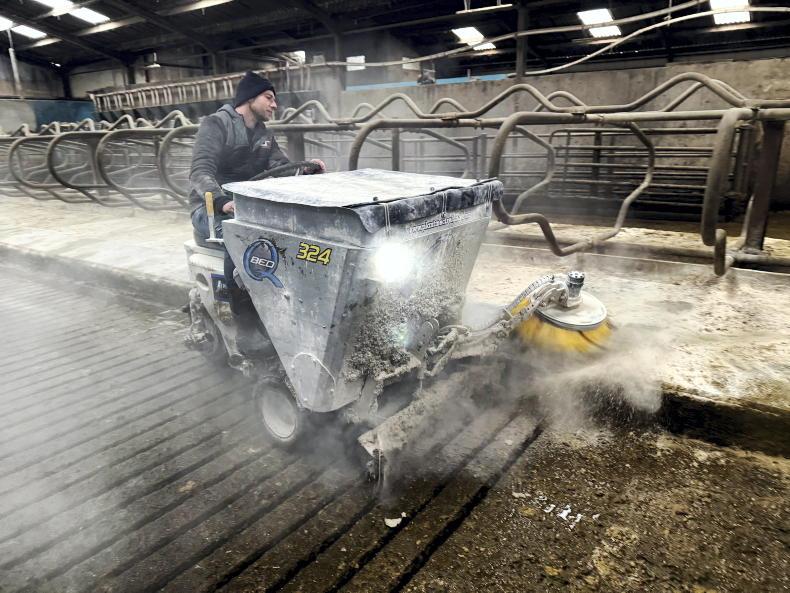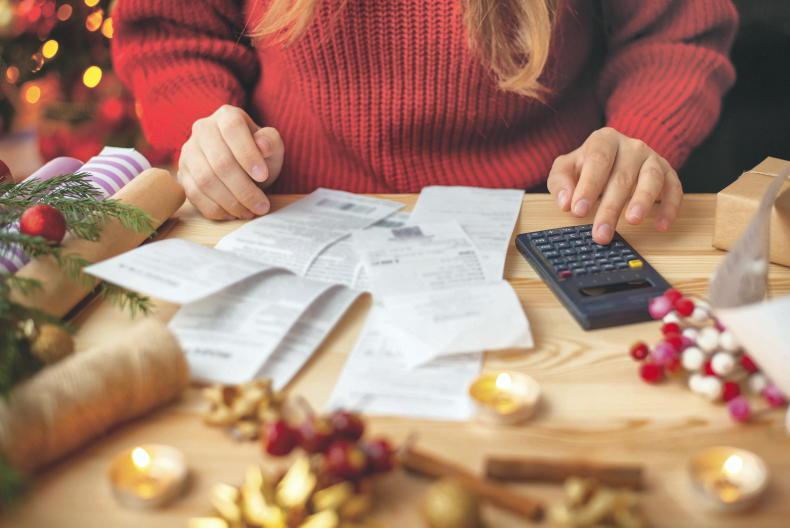The usual form of finance offered for purchasing a new or used piece of farm machinery is asset finance.
That can be a term loan from your local bank or credit union or a finance lease or hire purchase from various agricultural finance companies.
Banks don’t usually tend to provide term loans for the purchase of machinery, but do in some cases.
The way in which a new or used piece of machinery is financed will determine how much it will cost you over a specific term and also the amount of tax relief you can avail of.
A new piece of machinery is fully allowable against tax, but must be written off over eight years, not just one year. This can be quite a benefit, in particular to high-rate taxpayers.
Cost of asset finance
The actual price or costs involved needs to be considered. The interest rate for leasing and hire purchase (HP) can cost anything between 5% and 8%.
Always check with your accountant or adviser in advance of accepting any quotes to ensure there are no hidden costs included in the finance agreement. Such costs could be loan insurance, end-of-lease buyout or balloon payment (a payment due at the end of the finance agreement).
New tractor finance can attract a 0% interest rate, as these rates are subsidised by the manufacturers. The repayment term should also be considered, how often payments are to be made (monthly, quarterly, six-monthly, or yearly) or whether there is an option to defer the first payment. All can contribute to the actual cost of finance.
Hire purchase
HP is the most common type of asset finance to buy new and used machinery. Ownership of the machine passes at the end of the HP agreement term when all payments have been made. The security will be the machine.
The interest rate will always be fixed during the term of the HP agreement and will be applied at the start of the agreement for the total term of the agreement.
The annual percentage rate (APR) interest rate should be quoted. The cost of the machine is written off over eight years for tax purposes. Where the machine is traded in and shows a profit over its value for tax purposes, this profit can be rolled over on to the replacement machine.
HP agreement versus a personal loan
The main difference with a HP agreement and a personal loan, aside from interest rates, is you will own the machine immediately when you pay for it with a personal loan.
With a HP agreement, you will not own the machine until you have made the last repayment. From a tax treatment perspective, the cost of the machine (new or used) is equally spread over eight years and offset against your income, whether you pay for it with a personal loan, your own money or HP.
Finance leases
Finance leases and HP differ in a number of ways. With a finance lease, the repayments are fixed over the term, but you will not own the machine – ownership remains with the lessor (finance company).
Lease agreements will not end at the expiry of the primary repayment term. Instead, you will have an option to either continue with a secondary lease (extend the lease) or acquire ownership by buying out the machine. Both options will result in additional cost.
Lease payments are fully allowable against income tax, where the entire cost of the machine is written off over the primary term of the lease.
However, terminating a lease will trigger a clawback of tax relief, equivalent to the deemed market value of the machine at that time. This can result in serious tax implications.
Entering into a secondary lease period will defer this issue but at a cost.
Where a leased machine is traded in, the profit from its sale cannot be rolled over on to the replacement machine, but will be taxable in full in the year of disposal (unlike HP).
Be sure to consult your accountant/ financial adviser before entering into a HP or finance lease.









SHARING OPTIONS